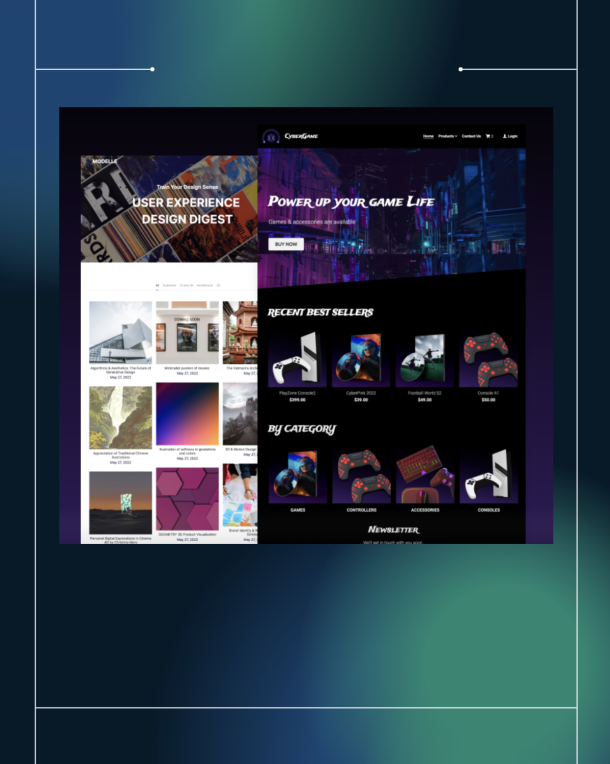We sure have a way to complicate things. Looking at the struggle clients go through, it’s evident that we sometimes must get back to school. What we need is a clear system to sell products (or services) online.
It’s one thing that lead generation is only getting harder and the average CPC (Cost Per Click) platforms like Facebook and Google is only increasing steadily; it’s completely something else when we screw up on the basics of organic marketing, lead generation, or PPC (such as Facebook Ads or Google Ads).
As such, I thought it’s important to revisit basics (a refresher for you veterans out there) and develop a simple, 3-step system work for your Facebook Ads (or Google Ads) campaigns.
But, before we get anywhere near systems or tricks, here’s the thing: Facebook or Google — as ad platforms — are not magic wands. It’d be stupid to think that you’d launch campaigns and make money from those campaigns without putting any work into them.
It’s hard work to make campaigns work. That’s why you need active ad management.
Your customers have choices (a.k.a your competition). Further, no one sits with their wallet in hand ready to buy from you.
Think about the last time you purchased something online: it wasn’t until you visited a website, considered your buying decision, read online reviews, asked people around, and then only bought when you were ready to buy (and you just don’t know when they’ll buy).
It takes time for someone to make a purchase. Your job is to nurture your potential customer (who often signs up as a lead) until they buy. After that, it’s on you to segment your customers so that you can cross-sell or upsell.
That’s how you get to things like Lifetime Value (LTV) and Facebook lets you calculate this too.
Step 1: Make an Offer With an Ad
No one cares about “your” business. The fact that you just became the beneficiary of $45 billion dollar funding or that you are two passionate co-founders who decided to make a dent in the universe.
Your customers only want to know what’s in it for them. When you create ads with Facebook or with Google, think long and hard about the offer you are making
- Is the offer compelling enough for your potential customers?
- Are you giving something of value for free? — like a free membership, a free trial, a free giveaway, a free something?
Let your ads make this offer. Keep it simple while you are at it.
But wait. How will you know if this offer is the best that you could come up with? You won’t know. That’s why you create ads in pairs and then test the offers you are making.
Step 2: Use Landing Pages to Generate Leads
Your ads have limited real estate. There’s only so much that you can communicate with an ad. That’s why you need landing pages that you can build with Unbounce or LeadPages to continue the story you started with the ad.
On the landing page, you’ll continue to convince your visitor to consider signing up as a lead for the offer you are making.
If and when your offer is appealing enough (supported by copy and the design of your landing page), your visitors sign up for the offer you just made.
The signing up part happens on the landing page (and not on your website) because landing pages are more focused pages minus any distractions.
With the right Call to action, you can give the last nudge to have people sign up.
Soon after your visitors sign up as leads, they get an email. That leads us to..
Step 3: Use Email Marketing To Nurture Leads
As leads up sign up on landing pages, you’ll use email to send a welcome email or an email that actually delivers something you promised.
Email service providers such as Drip and
After integrating, you’ll build email sequences that are scheduled to go out (in a sequence) to your leads.
For instance,
- If your leads signed up for a lead magnet (like a PDF checklist, a blueprint, an eBook, or a white paper), the first email (or welcome email) delivers this lead magnet while welcoming your new lead.
- Welcome emails can also be used for Onboarding, congratulating, thanking, or for setting the tone for a full series of emails that’ll follow.
- If it was an e-commerce coupon that they signed up for, the first email delivers a coupon.
As you keep sending out these email sequences, you can segment your email subscribers based on their
Based on tags, groups, or segments, you can change the messaging or the content of emails based on who you are sending it to.
Note: actual sales of your products or services mostly happen thanks to these email sequences or broadcasts you send out.
Facebook Ads or Google Ads don’t deliver as much in actual sales as much as emails can.

